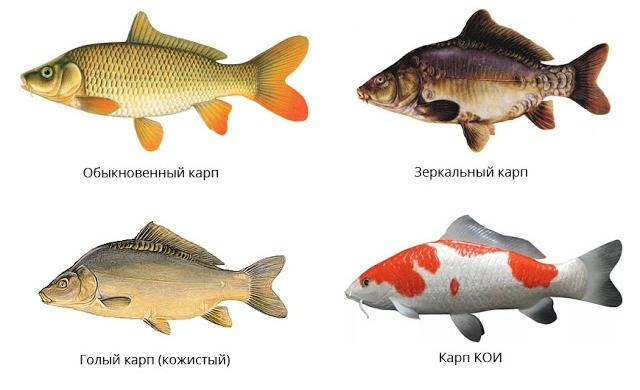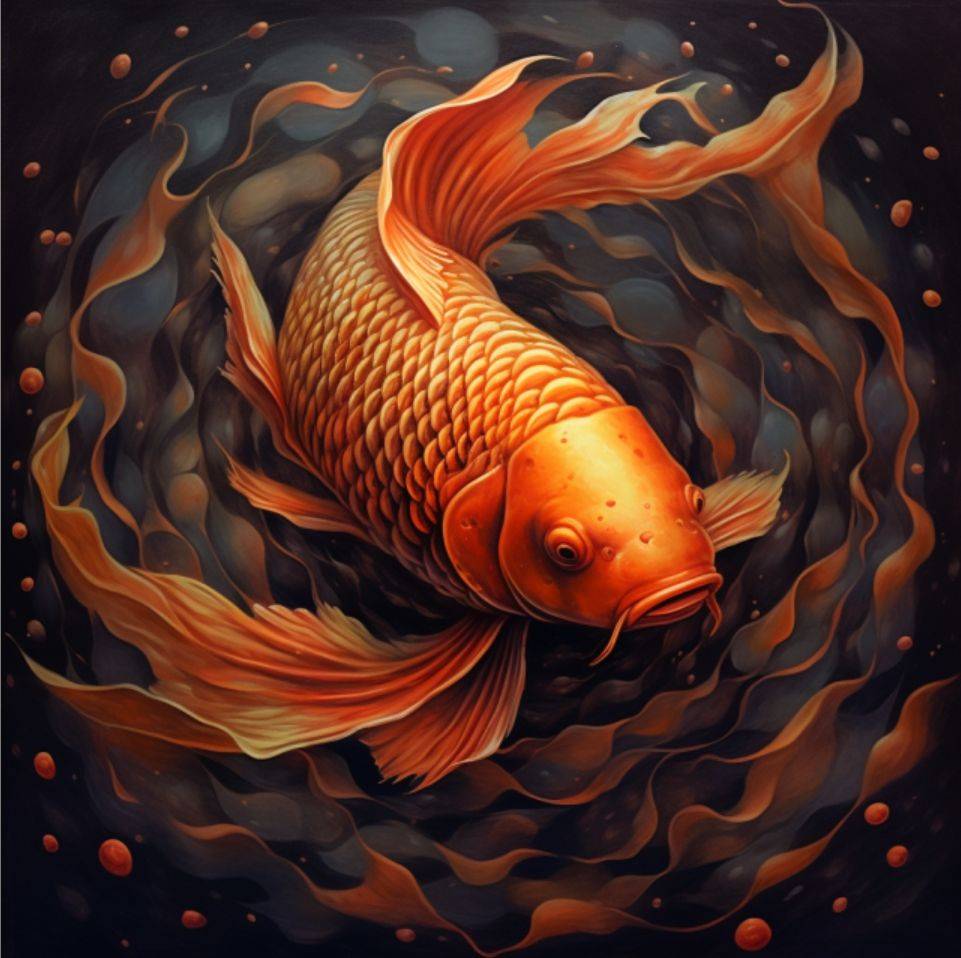The carp is one of the most popular fish in the world. It is found in freshwater environments throughout Europe, Asia, and North America. Carps are a diverse group with individual traits and maintenance requirements, not simply one species. The most prevalent carp species will be examined in this piece, along with their variations and methods of capture.
Common Characteristics of Carps
Let’s look at the general traits of carps before getting into further detail about certain varieties. Carps are elongated fish with scales covering their skin that can weigh up to forty kg. Being herbivores, they consume mollusks, insects, and other plants in addition to algae. Carps are a special kind of fish that can adjust to variations in salinity, temperature, and water quality to survive in a variety of environmental settings. These characteristics allow them to live in many bodies of water.
Now, let’s explore the most common types of carps.
- The most prevalent variety is the common carp, sometimes referred to as the mirror carp. It lives in freshwater environments across Europe and Asia. The common carp weighs between 2 and 5 kg, although it can grow as heavy as 40 kg. It has a golden-brown body covered in huge scales. This powerful fish is frequently captured with both artificial lures like crankbaits or spinners and live bait like worms or maggots. The majority of common carp enjoy quiet, deep resting areas.
- The mirror-like scales of the Mirror Carp set it apart from the common carp by reflecting light. Mirror carps can be found in freshwater bodies in Asia and Europe, just like their common counterparts. While some weigh as much as 30 kg, most weigh between 2 and 5 kg. Using artificial or live bait, anglers enjoy landing big, uncommon mirror carps.
- A smaller carp found in calm waters in Europe and Asia is called a tench. Its huge scales are covered in a greenish-golden color. Tench are omnivores; they eat both plants and animals, unlike carp. Tench can weigh up to 7 kg, and anglers employ similar artificial lures and live bait for them as they do for carps.
One species of carp found in freshwater areas of Asia is the Amur Carp. It can weigh up to forty kilograms and has fine scales on its silvery body. Amur carp are popular among recreational anglers in addition to being significant for commercial fishing. Amur carp are often caught with artificial lures like spinners or crankbaits or live bait like worms or maggots, especially in shallow areas where they forage for food. - Another species of carp that can be found in freshwater environments in Asia and Europe is the common carp. Its small scaled, silvery body can weigh as much as thirty kilograms. Though it’s a common option for industrial fishing, aficionados also relish catching it using artificial lures like spinners or crankbaits, or with live bait.
The Naked Carp, sometimes called the Mirror Carp, got its name from its unusual scales that kind of looked like a “mirror.” These carps have a wide range of colors and sizes, and they are similar to other carp species in that they have big bodies, robust tails, and strong muscles. Crankbaits, spinners, and jigs are just a few of the live bait and artificial lures that are effective in capturing them in freshwater bodies found in Asia and Europe. - The Koi Carp is a subspecies of ornamental carp that is prized for its eye-catching appearance and vivid colors. In the 1820s, Koi carp were brought to Japan. They can exhibit a broad spectrum of hues and patterns, such as white, black, red, yellow, orange, gold, and silver. They could also vary in size and shape according on the kind. Because of their aesthetic appeal, koi carp are frequently used to decorate lakes and ponds in gardens and parks, which makes them very well-liked by collectors and aficionados for decorative fish.

Interesting Facts about Carps:
- Carps are extremely long-lived fish, capable of living up to forty years.
- They are omnivorous, feeding on both animals and plant-based food.
- In China, carps are often kept in home ponds as they are considered symbols of luck and prosperity.
- Some carps can grow to very large sizes, with the largest ones reaching up to fifty kilograms.
- Carps can have silvery, golden, green, and dark-gray colorations.
- Artificial lures such as spinners, crankbaits, and jigs can attract carps during fishing.
- Carps serve as a primary food source for people worldwide and are a popular catch for anglers.
Conclusion
Common carps, or carps, live in freshwater environments across Asia and Europe. Depending on the species, they might have different sizes, colors, and diets. Carp are frequently caught by anglers with live bait and a variety of artificial lures.


Leave a Comment
Your email address will not be published. Required fields are marked *